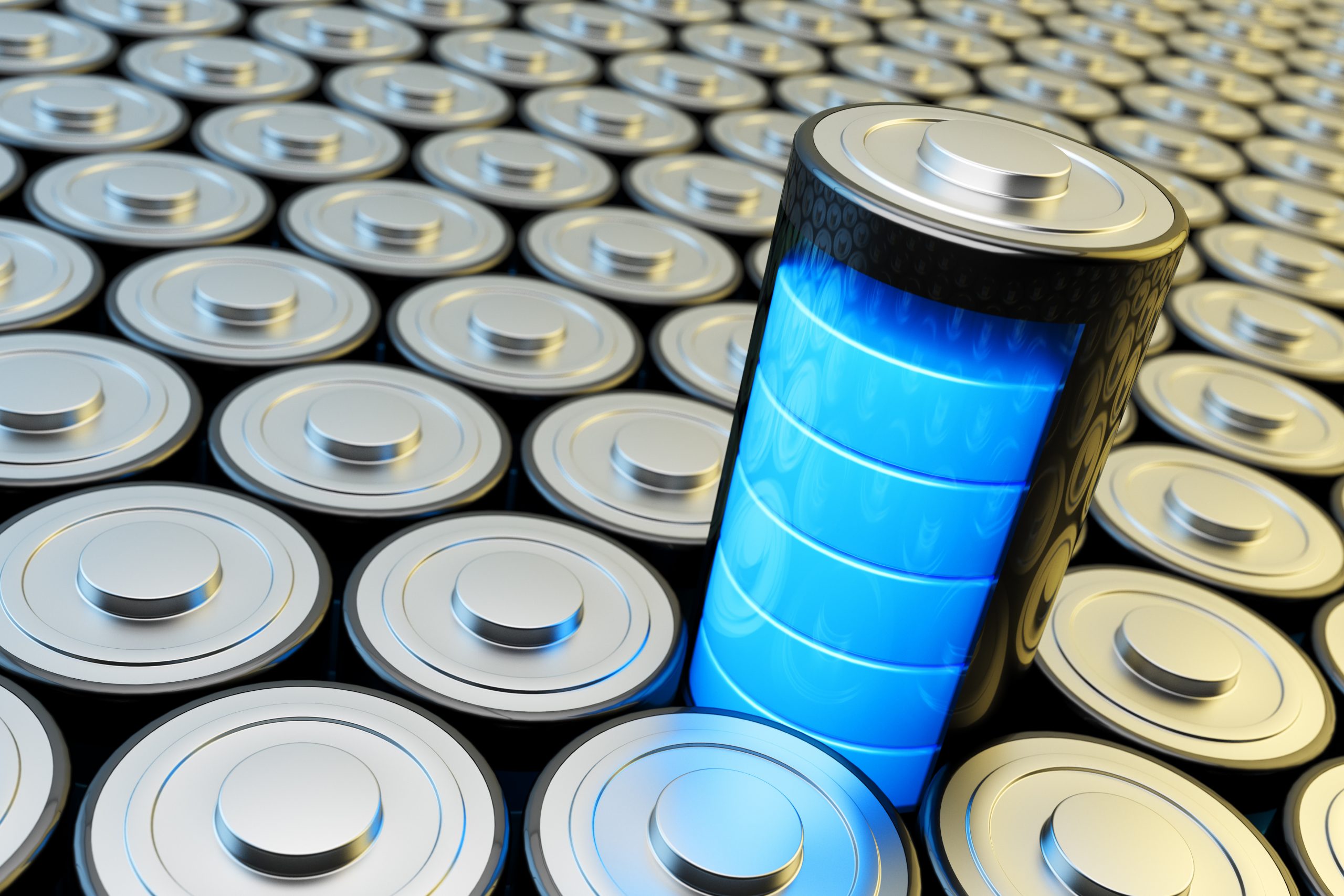Battery and energy storage is a critical element of the ongoing clean energy transition. Electric vehicles (EVs) alone are projected to drive demand for batteries up from the ~200 GWh in 2020 to ~1,228 GWh in 2030. Plus, as generation capacity increasingly shifts to renewable sources, new storage solutions will be needed to ensure power supply even when the wind isn’t blowing and the sun isn’t shining.
Batteries are the leading area of focus for technology development in energy storage, and huge strides have been made in energy density and performance in the last decade. However, as demand scales, inadequate supply may become an issue, largely due to ongoing issues with two critical minerals:
- Cobalt: More than 58% of the world’s cobalt supply is sourced as a byproduct from copper and nickel mining in the Democratic Republic of Congo; these mines operate with little to no oversight and have provoked widespread concerns about both unsafe and unethical working conditions.
- Lithium: Produced primarily in Australia and South America either through traditional mining or evaporating brines, lithium is associated with large-scale negative environmental impacts (e.g., contamination, high water usage).
Other battery minerals such as copper (used in current collectors), aluminum (used in current collectors and some cathode chemistries), nickel (cathode), and manganese (cathode) have historically been less problematic to come by than cobalt or lithium. However, with Russia’s invasion of Ukraine and resulting disruptions in trade, nickel prices have skyrocketed (which you might have seen Elon Musk tweeting about), and it is unclear when that volatility will stabilize.
Three main pathways are being explored to address these challenges: new extraction methods, chemistries, and better recycling options.
1. Novel Extraction Methods
Traditionally, lithium is extracted from brines through simple evaporation: large pools are filled with brine and over the course of months, different salts are extracted until just lithium salts remain. This process is slow, inefficient, and uses an extremely large quantity of water. EnergyX, a US-based start-up, is exploring a metal organic framework (MOF)-based filter as an alternative to a lithium-brine evaporation, which will pull lithium salts directly out of brines in a process they claim will be faster and more efficient. Other companies, like Lilac Solutions and Standard Lithium, are exploring direct lithium extraction in places like the Salton Sea in California.
2. Alternative Battery Chemistries
To reduced reliance on risky/costly raw materials, EV companies are experimenting with battery chemistries that use less cobalt. Lithium-Nickel-Manganese-Cobalt-Oxide (NMC) is a commonly used EV cathode material, and its variations (e.g., NMC 111 and NMC 532) use numbers to denote the relative proportions of Ni, Mn, and Co (e.g., NMC 532 is 5 parts Ni, 3 parts Mn, and 2 parts Co). Because cobalt is one of the most expensive cathode raw materials, reducing its share of the cathode can decrease the overall cost of the battery. Since 2017, most EV makers have switched from NMC 111 to NMC 622 or NMC 811 to realize these savings.
3. Recycling and Reuse
Existing batteries represent a huge potential source of critical materials, and efforts to improve the cost and efficiency of battery recycling are ongoing. Companies like Redwood Materials and Li-Cycle are developing innovative processes to reclaim raw materials from discarded batteries and/or repurpose degraded batteries for less demanding applications. Redwood Materials lets consumers send them used batteries for repurposing, while auto OEMs like GM, Nissan, and Daimler are actively exploring the opportunity to use spent EV batteries as storage for green technologies to avoid recycling costs.
In addition to these battery-specific efforts, many other forms of large-scale energy storage are being explored, from stacked blocks to ocean bladders to kinetic flywheels. Some of these technologies may seem fanciful, and none of them will meet the rapidly escalating demand from electric vehicles, but they reflect the high degree of creativity and innovation that increasingly characterizes the energy sector. This space is ripe with exciting opportunities for materials companies to solve new and valuable problems.
Find out how Newry can help your organization find high-value options for growth. Expand your pipeline before it runs dry.
